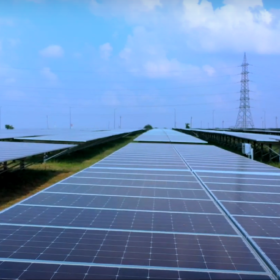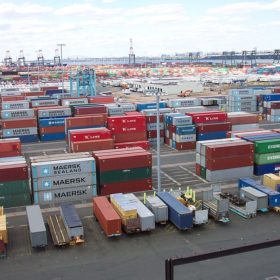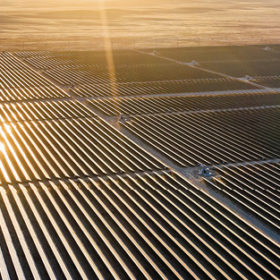Uttar Pradesh targets 22 GW of solar in next five years
The state government has announced its Solar Policy 2022, which places a special focus on the setting up of solar parks with storage systems. The policy also provides big incentives for the adotion of rooftop solar systems and the solarization of tubewells for agriculture.
BCD pass-through to benefit up to 6 GW of solar projects
Tariffs will rise by 50-70 paise/kWh for up to 6 GW of solar projects as developers are allowed to pass on the impact of basic customs duty on cells and modules under ‘change-in-law’.
Ernst & Young again ranks India as world’s most attractive solar market
India is the top market for solar investment, according to the latest edition of Ernst & Young’s renewables attractiveness index. Spain, Germany and the United States are the top three markets for corporate power purchase agreements (PPAs).
India terminates solar cell anti-dumping probe
India’s Directorate General of Trade Remedies, an entity under the Ministry of Commerce and Industry, has terminated an anti-dumping probe into solar cells coming from China, Thailand, and Vietnam as domestic manufacturers withdraw the application.
Annual added PV capacity will more than quadruple to 650 GW in 2030, says IEA
The International Energy Agency (IEA) has published its “World Energy Outlook 2022” report. It expects the energy crisis triggered by Russia’s invasion of Ukraine to accelerate the global energy transition.
Reliance Industries to restructure group EPC resources
India’s Reliance Industries Ltd (RIL) is realigning its engineering, procurement, and construction (EPC) resources to create a focused EPC undertaking for implementing its large projects across New Energy, oil-to-chemicals, and 5G roll-out.
Grid-tied PV system synchronization techniques at a glance
Indian researchers have compiled an extensive review of all existing synchronization techniques for grid-connected PV systems. They divided the methods into open-loop and closed-loop systems and provided what they defined as a basic conceptual framework to develop superior grid-tied systems.
WRI India hosts Accelerating Clean Energy 2022
On Day 1, industry experts discussed the role of states’ renewable energy agencies and strategies to accelerate the pace of energy transition in Indian cities.
Off-grid solar continues to expand
The off-grid solar sector has shown resilience in the face of pandemic-related challenges, with 70 million people gaining access to electricity from early 2020 to the end of 2021. However, the ability to pay for solar energy kits has taken a hit.
Challenges to utility-scale solar in India
The growth of utility-scale solar PV in India is marred by several challenges such as availability of land, limited local manufacturing capacity, high transmission and distribution losses, grid integration, and other inefficiencies.















